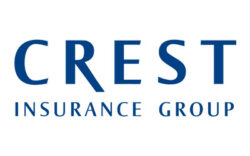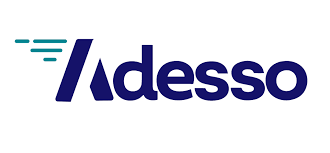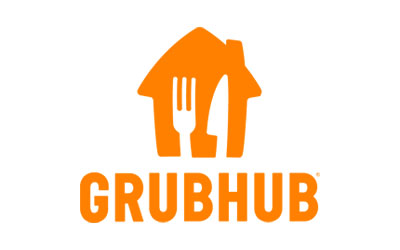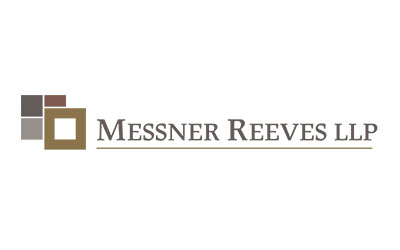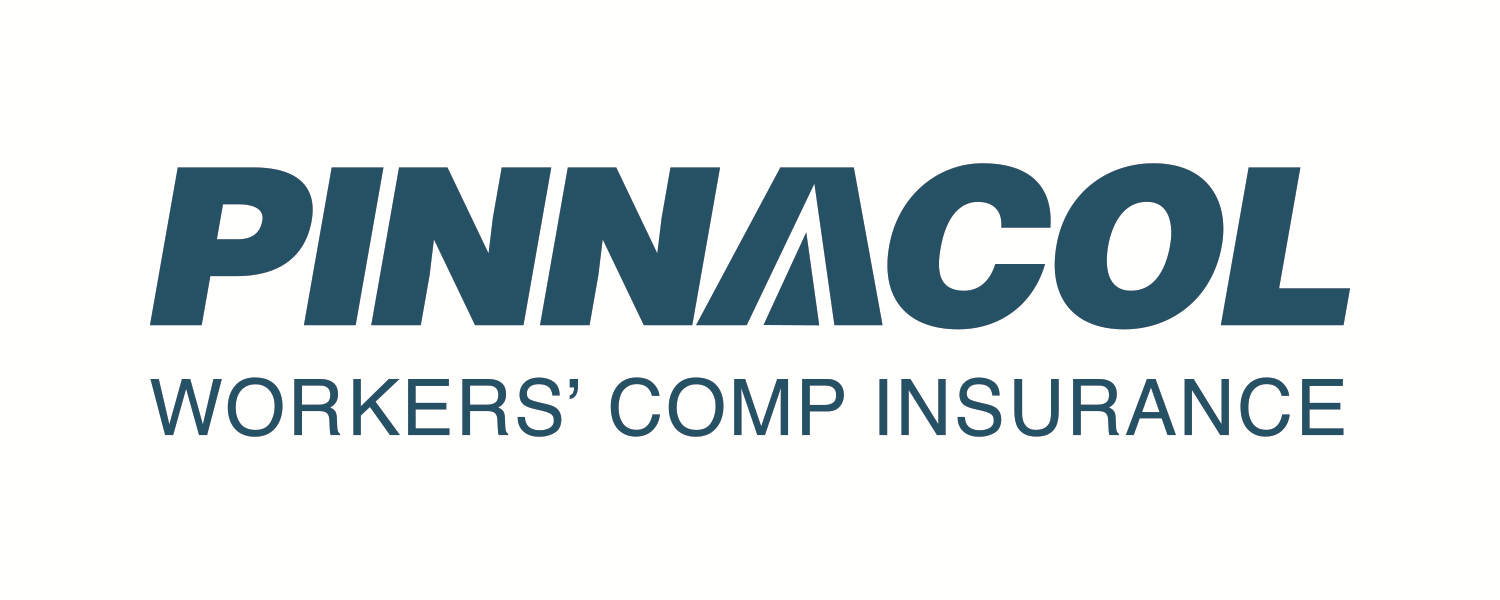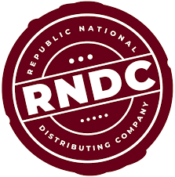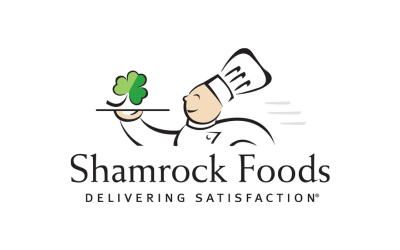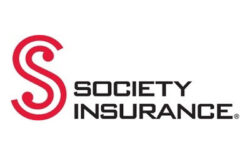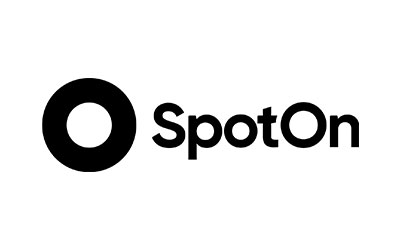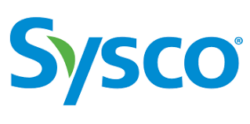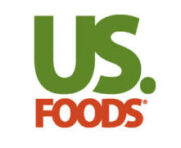Federal Pandemic Relief
Looking for federal assistance for your business? Check out the available options here.
Restaurant Revitalization Fund (RRF)
President Biden signed the $28.6 billion Restaurant Revitalization Fund (RRF) into law in March 2021 as a part of the American Rescue Plan Act. We would like to thank each and every one of you that lent your voice to the efforts of making this relief program a reality by responding to CRA surveys and calls to action.
The RRF application process closed in June 2021 due to a lack of funds, leaving almost 60% of Colorado applicants without aid relief, for a deficit of more than $697 million.
Watch our Restaurant Revitalization Fund webinar (April 23, 2021) with Senator Hickenlooper, the National Restaurant Association, the Small Business Administration, and Messner Reeves LLP
Watch HereView the webinar presentation slides here and here.
RRF program information
FAQ from the SBA
Our partners with Messner Reeves LLC can answer basic RRF questions free of charge for CRA members. Please email Torben Welch at twelch@messner.com.
Employee Retention Tax Credit (ERTC)
ERTC assistance requires no payback, can be used by businesses for any purpose, and you can qualify for ERTC refunds even if you have already enrolled in the Paycheck Protection Program.
You may still be eagerly awaiting ERTC refunds and we are working hard to help speed up those payments. In partnership with the National Restaurant Association (NRA), we led calls for the IRS to speed ERTC refunds in a November 2021 letter. Restaurants continue to share this urgency with Congress and lawmakers are contacting the IRS. In February 2022, 216 legislators called the IRS backlog “devastating to small businesses” and asked the IRS to quickly process 500,000 amended Forms 941 so that ERTC refunds can be delivered.
- For 2020, employers can claim 50% of their employee’s wages, up to $5,000 per employee, per quarter. To be eligible as a small employer for 2020, companies must employ 100 or fewer full-time employees on average.
- For 2021, employers can claim up to 70% of eligible wages, to a maximum of $7,000 per employee, per quarter, for wages paid in 2021. To be eligible as a small employer for 2021, companies must employ up to 500 or fewer full-time employees.
- Business owners who have already filed their taxes for 2020 or 2021 may still claim their benefits by filing a 941-X form or contacting an ERTC specialist.
Paycheck Protection Program (PPP)
The Paycheck Protection Program (PPP), an Small Business Administration-backed loan that helped businesses keep their workforce employed during the COVID-19 crisis, ended on May 31, 2021.
- Existing borrowers may be eligible for PPP loan forgiveness.
For assistance with PPP loan forgiveness or any other PPP questions, please get in touch at info@corestaurant.org.
Economic Injury Disaster Loans (EIDL)
This federal small business loan program, administered through the Small Business Administration, supported small businesses’ recovery from the COVID-19 disaster’s economic impacts by providing accessible and borrower-friendly capital.
As of January 1, 2022, the SBA stopped accepting applications for new COVID-19 EIDL loans or advances but will continue to accept requests for increases, reconsideration, and appeals.
Please get in touch at info@corestaurant.org for assistance with EIDL questions, appeals, and/or concerns.
Restaurant Guidelines
The current federal, state, county, and city guidelines your business must follow
Federal Restaurant Guidelines
OSHA COVID-19 Vaccine/Testing Emergency Temporary Standard — Updated 1/26/2022
On November 4, the U.S. Department of Labor’s (DOL) Occupational Safety and Health Administration (OSHA) released its Emergency Temporary Standard (ETS) for COVID-19 in the workplace.
On January 25, 2022, following the recent U.S. Supreme Court decision blocking enforcement of the federal Emergency Temporary Standard (ETS) that mandated employers with 100 or more employees to require COVID-19 vaccination or weekly testing, OSHA officially withdrew the ETS.
Full withdrawal notice here.
State Restaurant Guidelines
As of April 16, 2021, the State retired the Colorado Department of Public Health and Environment-issued COVID-19 State dial and turned authority of COVID-19 operating restrictions over to local public health departments.
Governor Polis and administration officials outlined “Colorado’s Next Chapter: Our Roadmap to Moving Forward” and discussed the steps the administration believes are necessary to maintain a level of preparedness and agility that will keep Coloradans safe and healthy — no matter if it is for the next wave of this pandemic or an unknown pandemic in the future.
Paid COVID-19 Leave (updated April 19, 2022)
All employers in Colorado have been required to provide public health emergency (PHE) leave since January 1, 2021 – and your obligation to do so will continue through at least this summer due to a recent extension. Under state law, all Colorado employers must provide this leave if there is a federal, state, or local declaration of emergency. On April 16, 2022. the federal declaration of emergency was extended another 90 days. As a result, the obligation to provide PHE leave in Colorado is still currently in place. What do employers need to know about this extension – and what should you be doing to comply?
The Basics
You can find a detailed summary of your leave obligations here. It is important to understand, however, that Colorado PHE leave is a one-time leave obligation. If an employee used all of their supplemental PHE leave in 2021, they must rely on their accrued leave or take any additional COVID-19 leave unpaid. Continue reading this article from our partners at Fisher & Phillips here.
County Restaurant Guidelines
As of April 16, 2021, the State retired the Colorado Department of Public Health and Environment-issued COVID-19 State dial and turned authority of COVID-19 operating restrictions over to local public health departments.
Click through to navigate your county’s guidelines for restaurants and view any current local public health orders.
Masking
Restaurants still have the ability to implement a mask or vaccine requirement in their individual establishments if that restaurant determines that is what is best for its staff and guests.
If you do wish to maintain a mask requirement in your establishment, here is a poster that you can display to help inform your guests of your restaurant’s policy.
City Restaurant Guidelines
Learn more about the following city programs and guidance:
The City and County of Denver created a temporary program (running through October 2022) to allow restaurants and bars to operate in outdoor settings adjacent to their businesses. The program aims to allow for greater physical distancing and safety for patrons now that the state’s public health orders allow restaurants and bars to resume sit-down service. Proposals could include expansion into designated outdoor areas such as adjacent parking lots, streets, and sidewalks.
Mayor Michael B. Hancock has announced the City and County of Denver will create a permanent outdoor dining program next year that builds upon the success of temporary patios during the pandemic. A permanent program will allow businesses the ability to continue to apply for permits to use private and public space for outdoor dining operations after the temporary program ends in October 2022.
Si necesita ayuda o tiene preguntas en Español, por favor contacte a el Departamento por correo electrónico a EXLSubmit@denvergov.org
The City of Boulder has extended its emergency orders until August 31, 2022 to allow the Boulder Business Recovery Program (BBRP) to run through the summer.
Colorado Springs Outdoor Dining Program
Restaurant Pandemic Resources
Operational tools to help your business thrive
COVID-19 Vaccines and Testing
Free At-Home COVID-19 Testing
Every residential household in the U.S. can order one set of four free at-home tests through a federally funded program from USPS.com.
Limit of one order per residential address. One order includes four individual rapid antigen COVID-19 tests.
Vaccine Information
Vaccine Information
Anyone in Colorado 5 years of age or older is eligible to get the COVID-19 vaccine. There are many community locations as well as pharmacies and healthcare providers offering vaccines. No matter where you go for the vaccine, it is completely free and no health insurance or identification is needed. Here are a few ways to find a vaccine near you:
- The Colorado Department of Public Health and Environment has a map of vaccine locations. This map is updated every Wednesday and shows anyone who has COVID-19 vaccines available. See the map here.
- You can also call Colorado’s Vaccine Hotline to get help finding a vaccine. Call 1-877-CO VAX CO (1-877-268-2926).
- Call a local pharmacy directly and ask about the COVID-19 vaccines or contact your personal healthcare provider/doctor.
Pandemic Posters
Mask Poster
If you wish to maintain a mask requirement in your establishment, here is a poster that you can display to help inform your guests of your restaurant’s policy.
Free Professional Services
Paycheck Protection Program Consultation
Henry+Horne, a Phoenix metro area CPA and accounting firm, is offering Colorado Restaurant Association members a free consultation on COVID-19 relief funding, credits, and resources available for restaurant owners.
They can help you with:
- Pandemic accounting best practices
- Paycheck Protection Program loan forgiveness application
- Qualified improvement property and carryback of losses for tax refunds
- Sales tax relief
- Payroll tax credits
Reach out directly to Brian Campbell at BrianC@hhcpa.com for help.
COVID-19 Legal Assistance
Denver-based law firm, Messner Reeves, is available for pro bono legal services to address issues arising from the pandemic. This offer is available to all Colorado Restaurant Association members.
Areas of assistance include:
- Landlord/Tenant negotiations and lease review;
- CARES Act/SBA Funding (PPP and EIDL loan applications, forgiveness, and other issues surrounding the programs);
- Vendor negotiations;
- Policies and procedures including employee and customer health, food safety, and other compliance requirements;
- and more.
For members to access this assistance, send an email succinctly stating what your issue is to COVIDLegal@CORestaurant.org.
Workforce Pandemic Resources
Tools and assistance for restaurant workers
COVID-19 Vaccine and Testing Resources
Every residential household in the U.S. can order one set of four free at-home tests through a federally funded program from USPS.com.
- Limit of one order per residential address
- One order includes four individual rapid antigen COVID-19 tests
Vaccine Information
Anyone in Colorado 5 years of age or older is eligible to get the COVID-19 vaccine. There are many community locations as well as pharmacies and healthcare providers offering vaccines. No matter where you go for the vaccine, it is completely free and no health insurance or identification is needed. Here are a few ways to find a vaccine near you:
- The Colorado Department of Public Health and Environment has a map of vaccine locations. This map is updated every Wednesday and shows anyone who has COVID-19 vaccines available. See the map here.
- You can also call Colorado’s Vaccine Hotline to get help finding a vaccine. Call 1-877-CO VAX CO (1-877-268-2926).
- Call a local pharmacy directly and ask about the COVID-19 vaccines or contact your personal healthcare provider/doctor.
- Click here for an FAQ about COVID-19 vaccines, including questions about how the vaccine works, vaccine safety, and whether you need to be a U.S. citizen to receive the vaccine — you do NOT need to be a citizen!
Mental Health and Wellness
The Colorado Restaurant Foundation offers health and wellness resources to bolster well-rounded lives for restaurant employees in Colorado.
Emergency Assistance Grants
The Colorado Restaurant Foundation’s Angel Relief Fund helps restaurant workers by providing grants in times of illness, injury, or disaster, including funding the need for mental health care.
